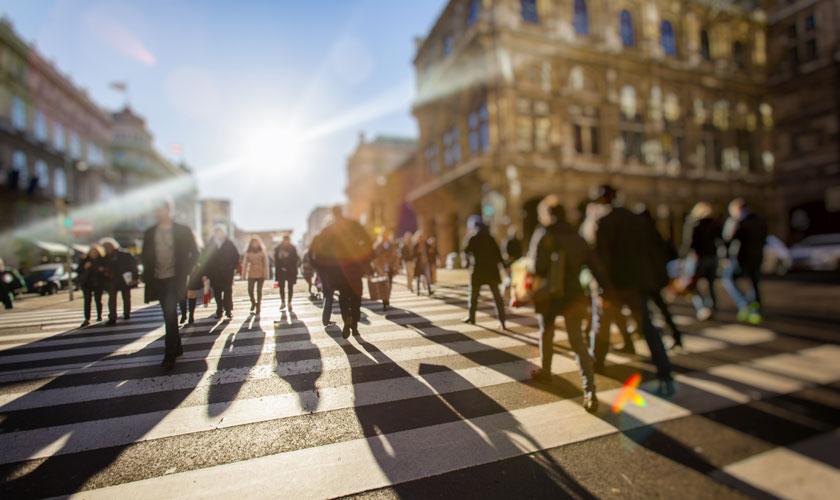In the modern age, movement has become optional. We spend hours sitting in offices, cars and on sofas, with the false belief that an hour and a half of exercise at the gym can make up for a whole day of inactivity. But the reality is that we need much more continuous and natural movement, the type of activity that our ancestors instinctively performed in their daily lives: walking, carrying objects, climbing stairs, bending, pushing, pulling, playing and stretching.
- Sitting too long increases the risk of metabolic and cardiovascular diseases, even if you train regularly.
- Metabolism slows down after only 30 minutes of inactivity.
- Muscles and joints become stiff, increasing the risk of chronic pain and movement limitations.
- The brain is also affected: Movement stimulates the production of neurotransmitters that improve mood, concentration and cognitive function.
The solution is not just to add more structured exercise, but integrate more movement into every aspect of daily life.
Benefits of natural movement on health and longevity
Regulation of metabolism
- Helps to maintain a constant energy expenditure, avoiding excessive fat storage.
- Improves insulin sensitivity, reducing the risk of type 2 diabetes.
- Increase the NEAT (non-exercise activity thermogenesis), which allows you to burn more calories without the need for intense workouts.
Improving cardiovascular health
- Keeps your heart and circulation active without the need for long cardio sessions.
- Reduces blood pressure and improves oxygenation of the body.
- Reduces the risk of cardiovascular diseases.
Muscle and joint strengthening
- By constantly moving, we avoid stiffness in our joints and reduce pain.
- Maintains bone density, preventing osteoporosis.
- Preserves strength and mobility, essential for independence in old age.
Greater mental clarity and less stress
- The movement stimulates the production of dopamine and serotonin, neurotransmitters that improve mood.
- Improves blood circulation in the brain, enhancing concentration and creativity.
- Reduce cortisol (stress hormone), helping to maintain a calm mind.
Better rest and circadian rhythm
- As we move more during the day, our body regulates sleep better.
- Exposure to natural light when walking outdoors reinforces the circadian rhythm.
- Prevents insomnia and improves the quality of deep sleep.
How to increase natural movement in your daily life
You don't need big changes to your routine to move more. Small actions can make a big difference:
Walk whenever you can
- Get off the bus a few blocks early and walk.
- Use the stairs instead of the elevator.
- Make it a habit to take a walk after eating.
Reduce sitting time
- Use a standing desk or alternate between sitting and standing.
- Get up every 30-45 minutes to stretch or walk around.
- If you work at home, change positions constantly.
Incorporate movement at home
- Wash dishes standing up instead of sitting on the couch.
- Bend down to pick things up instead of just using your arms.
- Spend more time on activities like gardening or house cleaning.
Make movement fun
- Play with your children, nephews or pets.
- Try recreational activities such as dancing, jumping rope or outdoor games.
- Walk while listening to podcasts or making calls.
Take advantage of body weight
- Do squats while talking on the phone.
- Stretch while watching TV.
- Walk while you think or solve problems.
Conclusion
You don’t need more hours in the gym, you need more daily movement. It doesn’t matter how hard you train in one hour if you spend the other 23 hours without moving. Natural movement is one of the keys to the longest-living people in the world: many don’t even train, they just move constantly.
The challenge? Find ways to move more every day. Don't see it as an effort, but as an investment in your health and quality of life. Move more and live more.
